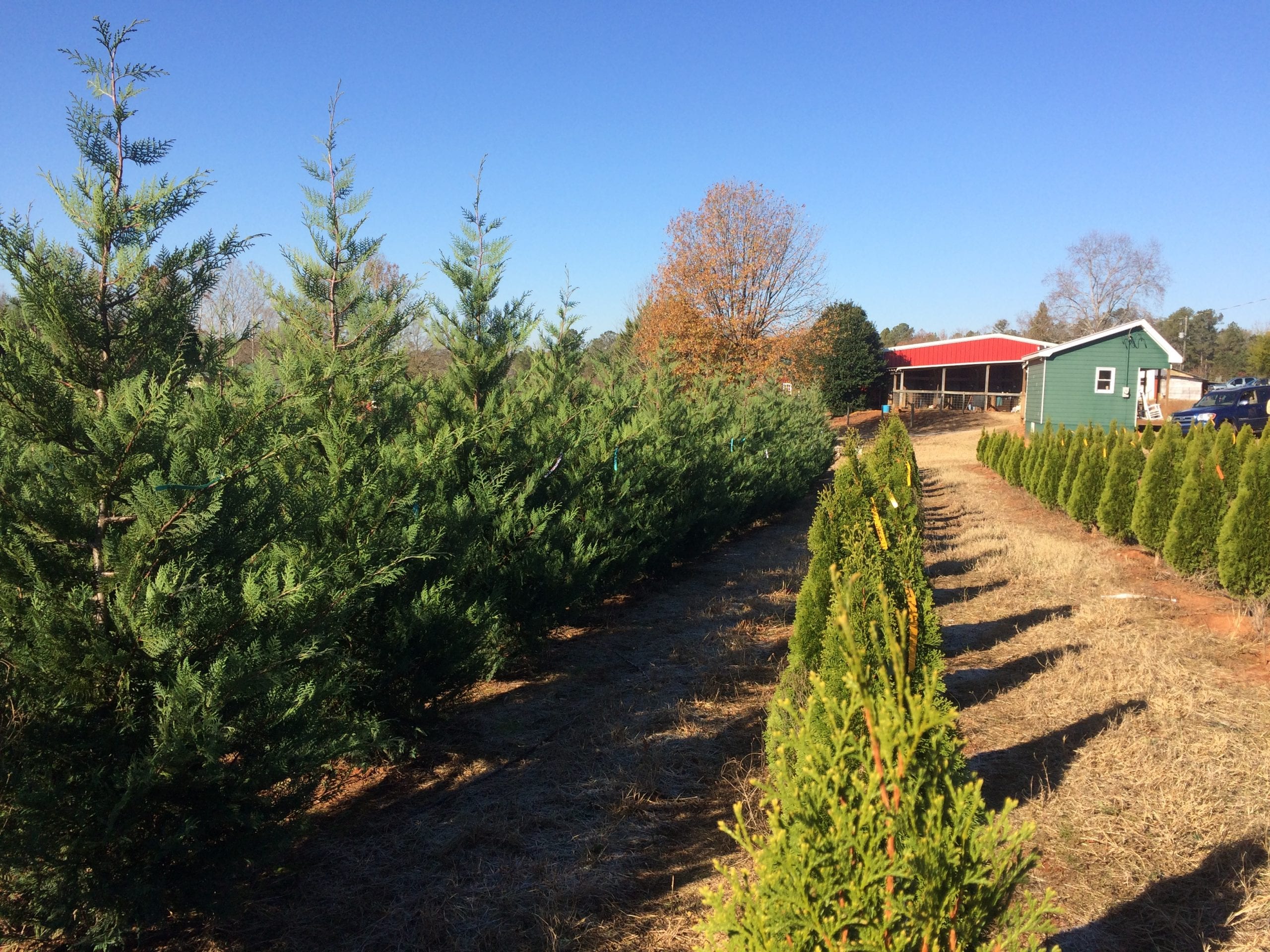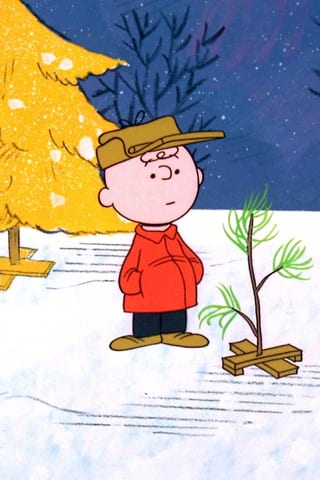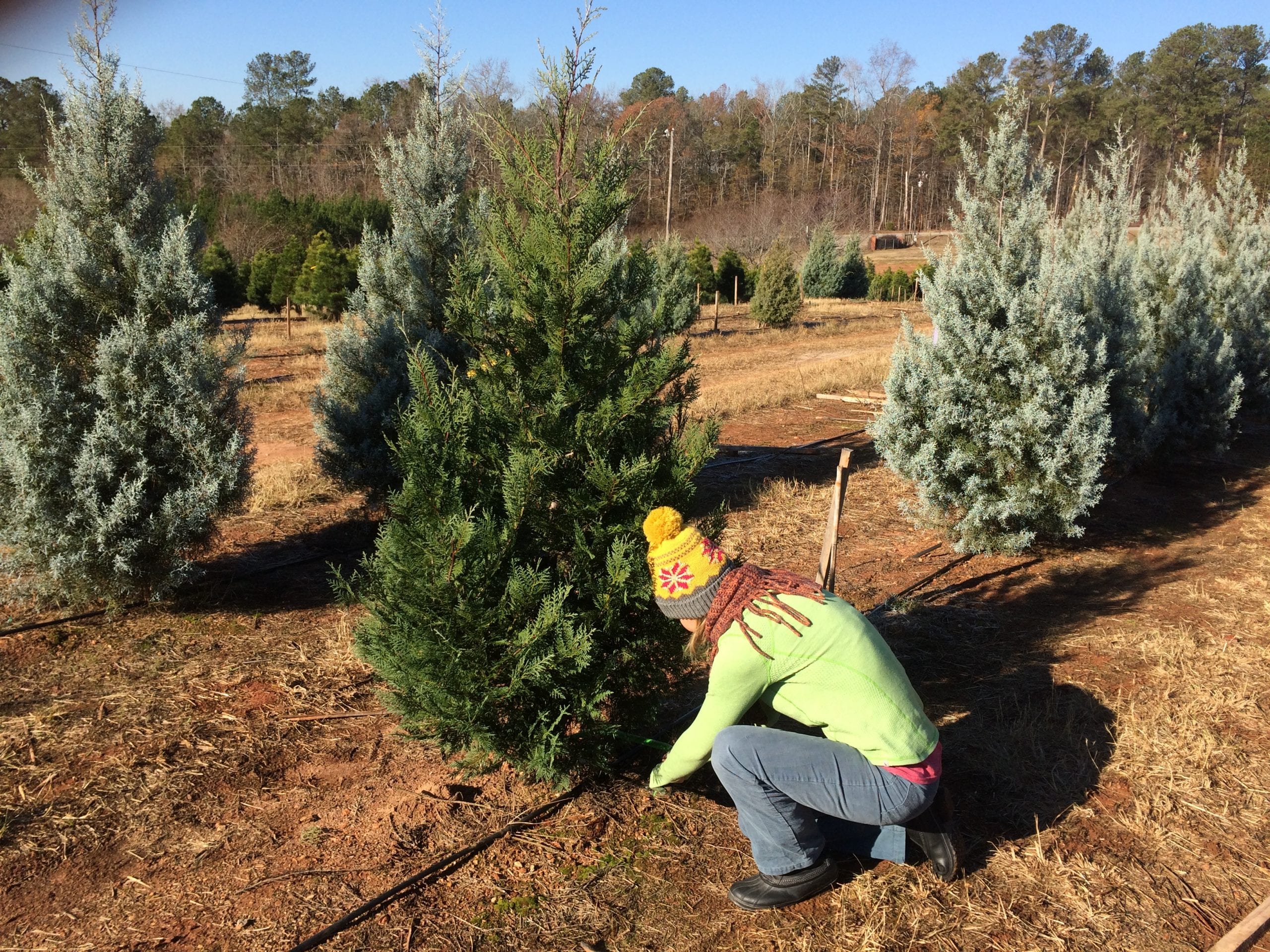‘Tis the season for one of my favorite holiday traditions: selecting and decorating a Christmas tree. This annual holiday festivity became popular and widely adopted worldwide in the late 18th century as people started displaying ornately decorated evergreen conifer species (i.e. pines, spruces, firs) in their homes. Although the Christmas tree tradition now includes fake or artificial trees, data from the Natural Christmas Tree Association show that business in the Christmas tree industry is booming. In 2015, U.S. consumers spent over $2 billion on natural and fake Christmas trees. The data also suggest that most folks, myself included, prefer natural or real Christmas trees; the number of real trees purchased in 2015 doubled that of fake trees!
However, Christmas tree farmers will receive something extra in their stockings this year – drought. States from across the country, including our neighbors Tennessee and North Carolina, have been experiencing severe drought conditions over the past few years which have resulted in damaged or destroyed crops, including our coveted Christmas trees.

Christmas trees are the most vulnerable to drought during their seedling years (~1-3 year-olds). Much like other babies, these young trees cannot fend for themselves. They have not developed the extensive root systems that allow them to access water reserves deep underground, which would help alleviate drought stress. One farm in Massachusetts actually reported a 100% failure rate of establishment, or complete death, of its Christmas tree seedlings because of drought this year.
Unfortunately, the effects of drought on Christmas trees reach far beyond the seedling lifestage. Stressed or dead Christmas tree seedlings means there will be fewer mature Christmas trees available for decorating down the line, a fact now making itself apparent for the natural Christmas tree industry. In 2016, U.S. Christmas tree farms in Alabama, Tennessee and Massachusetts were unable to open, or delayed opening for the winter season, due to drought. Without sufficient rain, Christmas trees experienced slower growth, leaving many farmers without a product to sell. Farmers also reported clear signs of drought stress on the majority of their trees, such as stunted growth and needles easily falling off the branches, invoking images of the classic “Charlie Brown†Christmas tree.

While these recent drought events are temporary, it likely won't be the last drought these Christmas tree farms will experience. As with other forest types nationwide, natural Christmas tree farms are under threat of changing climate conditions. Forest scientists anticipate warmer temperatures, changes in rainfall patterns, and increases in the frequency and duration of drought events for forests nationwide. So the natural Christmas tree industry is facing an uncertain future, and Christmas tree farmers are starting to worry about how future drought events will impact the longevity of their trees.
Another factor sapping the holiday cheer from Christmas tree farmers this year is growing pressure from their main business competitor: the fake or artificial Christmas tree. In an effort to stay ahead in the Christmas tree business, the natural Christmas tree industry has a special committee whose sole purpose is to advertise and promote the benefits of real Christmas trees. This year, Christmas tree farmers are banding together behind the simple yet effective advertising slogan – “It's Christmas. Keep it Real†– which speaks directly to the competition felt between real and fake Christmas trees.

Despite the threats of climate change and competition from fake Christmas tree manufacturers, all hope is not lost for the natural Christmas tree industry. Many farmers are starting to consider adaptation strategies in order to maintain their product for years to come, such as planting more drought-resistant tree species, installing irrigation systems and assisted migration. Of course, consumer support goes a very long way too. So for those of you that also partake in the Christmas tree tradition, I hope you will consider making locally-harvested natural Christmas trees a part of your holiday festivities.
Happy Holidays!
About the Author:
 |
Kelly Kerr is a research assistant in the Plant Biology department at UGA investigating stress physiology in sunflowers. Her research interests include forest ecophysiology, and she is passionate about maintaining resilient forest ecosystems under climate change. She enjoys nearly all forms of outdoor recreation, so you'll probably find her around town trail running, mountain biking or at the climbing gym. Get in touch with Kelly at klkerr86@gmail.com. More from Kelly Kerr. |
About the Author
- athenssciencecafehttps://athensscienceobserver.com/author/athenssciencecafe/April 17, 2020
- athenssciencecafehttps://athensscienceobserver.com/author/athenssciencecafe/April 12, 2020
- athenssciencecafehttps://athensscienceobserver.com/author/athenssciencecafe/April 3, 2020
- athenssciencecafehttps://athensscienceobserver.com/author/athenssciencecafe/March 30, 2020







